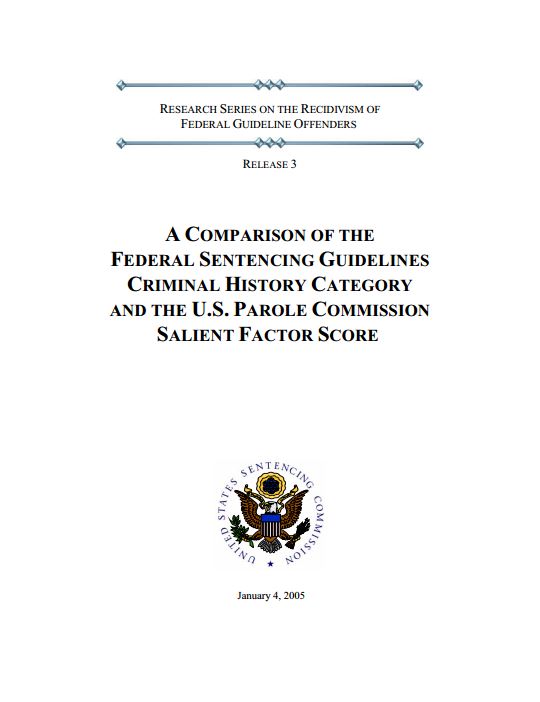Summary

The first section below describes the empirical foundations of the guidelines’ Criminal History Category (CHC). This is followed by a component comparison of elements in the CHC and the SFS. The third section describes the data and methodology used in the analysis. Section D and section E look explicitly at predictive power, with the first of these sections assessing the predictive power of the individual components and the second section comparing the total predictive power of each instrument.
The focus of the paper turns toward the goals of revision and improvement with the final sections. Section F directly compares the component elements of the two models to determine which formulation – that of the CHC or that of the SFS – is more predictive. Section G introduces age and first offender enhancements to the CHC and measures the increases in predictive power. The conclusion section summarizes the findings and highlights the importance of efficiency and simplicity in a post-Apprendi and post-Blakely guideline environment. (May 2005)
